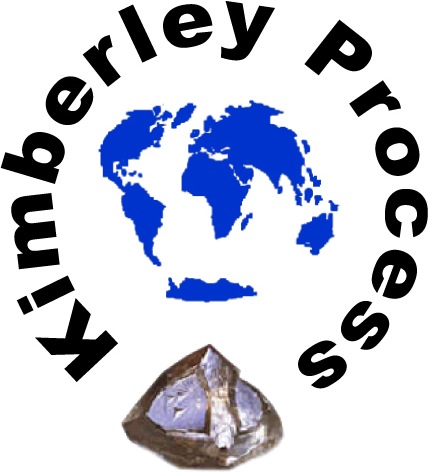The members of Kimberly Process (KP) who are opposing a proposal to redefine ‘Conflict Diamonds’ once again came under pressure when the World Diamond Council (WDC) recently reiterated its backing for the initiative.
It may be noted here that the proposal which was promoted by the United States, Canada and European Union was rejected by during the last Plenary Session in last October by its African members including Botswana, Zimbabwe and South Africa with support of other nations like India, Russia, United Arab Emirates and China. Their contention was that the proposal was clearly targeting Zimbabwe and its Marange diamonds.

Another development that might have prompted the industry leaders to relook into the urgency of redefining the terms ‘Conflict Diamonds’ took place in Central African Republic (CAR) where rebels of Seleka movement overthrew president François Bozizé recently in March 2013. Now a Fact Finding Mission is assessing the matter and meanwhile the KP has advised its members not to import rough from this country. It is said that the rebels have been funded by the diamond trade.
Apparently disturbed by this development, president of the WDC Eli Izhakoff, addressing the WDC’s plenary session and annual meeting in Tel Aviv recently said, “The global diamond industry can never gain benefit from such products (diamonds) which are directly connected with systematic violence. So, the WDC was and still is in favor of redefining the term ‘conflict diamonds’ to suit to the situations and the present day sentiments that are prevalent today.”
According to figures provided by the KP, conflict diamonds today account for less than 1% of the gems circulated globally, yet their definition is limited to "rough diamonds used by rebel movements or their allies to finance armed conflicts aimed at undermining legitimate governments."
New attributes to be included in the proposed definition are human rights, financial transparency and economic development. This demand is in addition of maintaining the earlier focus on ensuring rough diamonds are free from armed conflict and armed violence.
At the same time, it would be interesting to note here inputs of Shamiso Mtisi, Head of Research, Zimbabwe Environment Law Association (Zela). He had recently said in an interview, “We in Zimbabwe still face some instances where diamonds are coming from areas where soldiers, police or private security guards are beating up people and civil society is saying state actors and non-state actors should desist from violence.”
The focus of attention is now shifted on the KP again. But the question is, can KP do that? As Mr. Martin Rapaport who is also in favor of changing the definition puts it, “KP certification is not designed to address human rights, financial transparency, economic development or other important issues. The KP does not have power to address armed conflict and violence, especially when the concerned governments are abetting the violence against their own people, as we have in the case in Zimbabwe. The KP is only interested in cases where rebel forces use diamonds to attack a government and the UN Security Council approves an embargo. The KP turns a blind eye to everything else.”
Does it mean that the stalemate over changing definition of ‘conflict diamonds’ would continue? If yes, then why can’t scope of the KP be widened or why can’t the organization be given more power to tackle such issues? Or, does it mean that some people are deliberately delaying the issue to fulfill their own ‘vested interests’?
Source:
http://www.jewellerynetasia.com/en/Blog/324/Would_KP_Change_the_Definition_of_Conflict_Diamonds_.html?user=8





